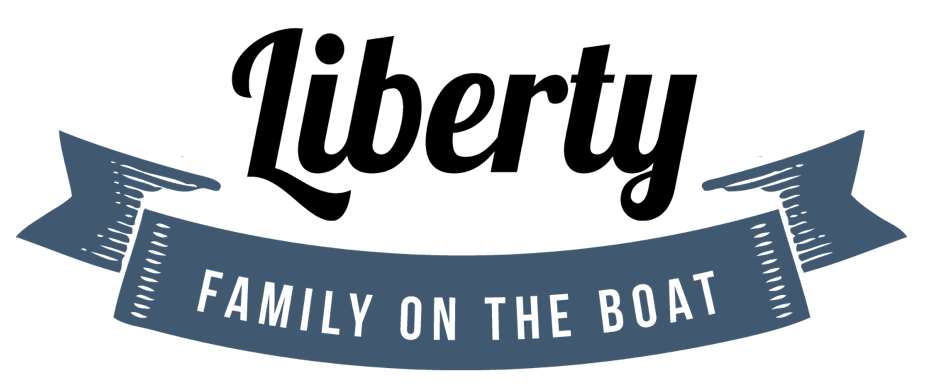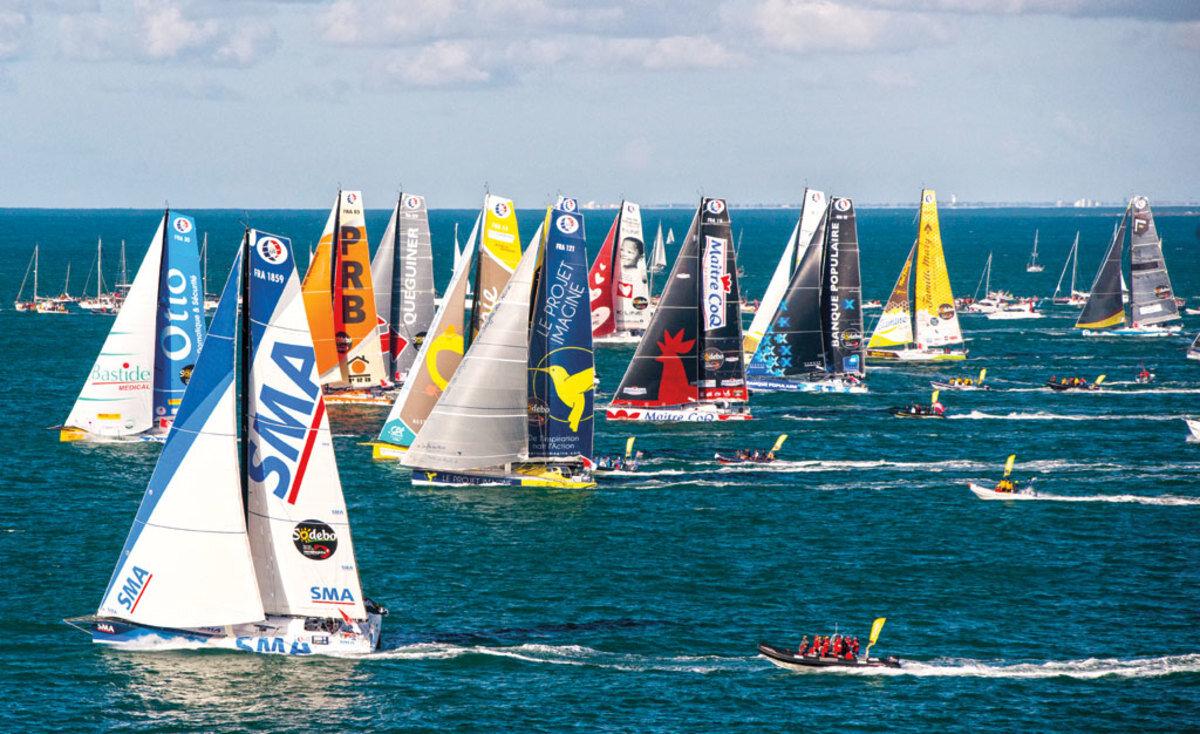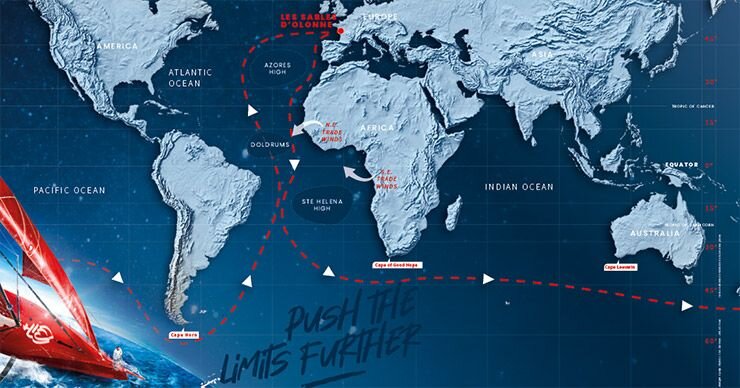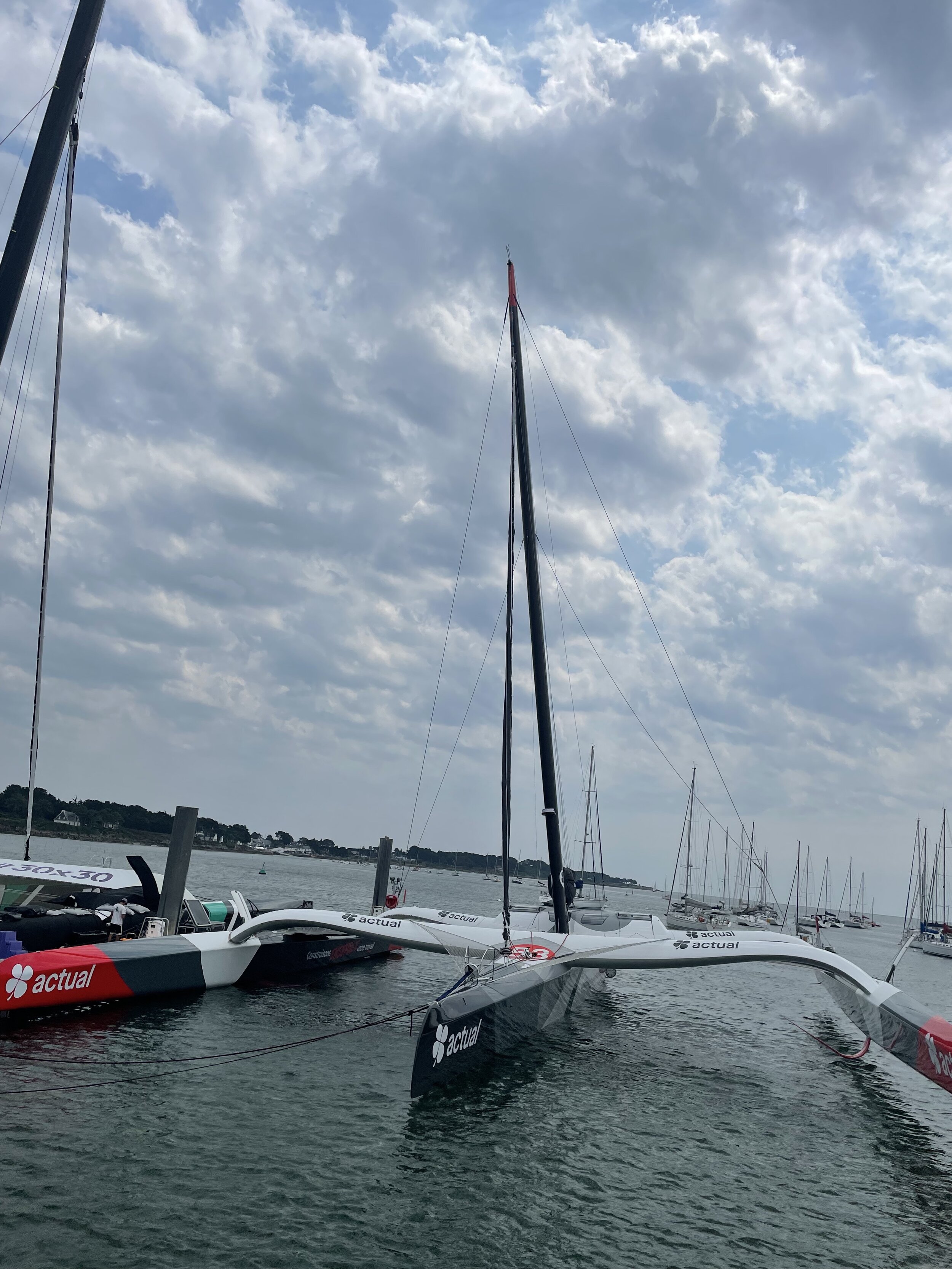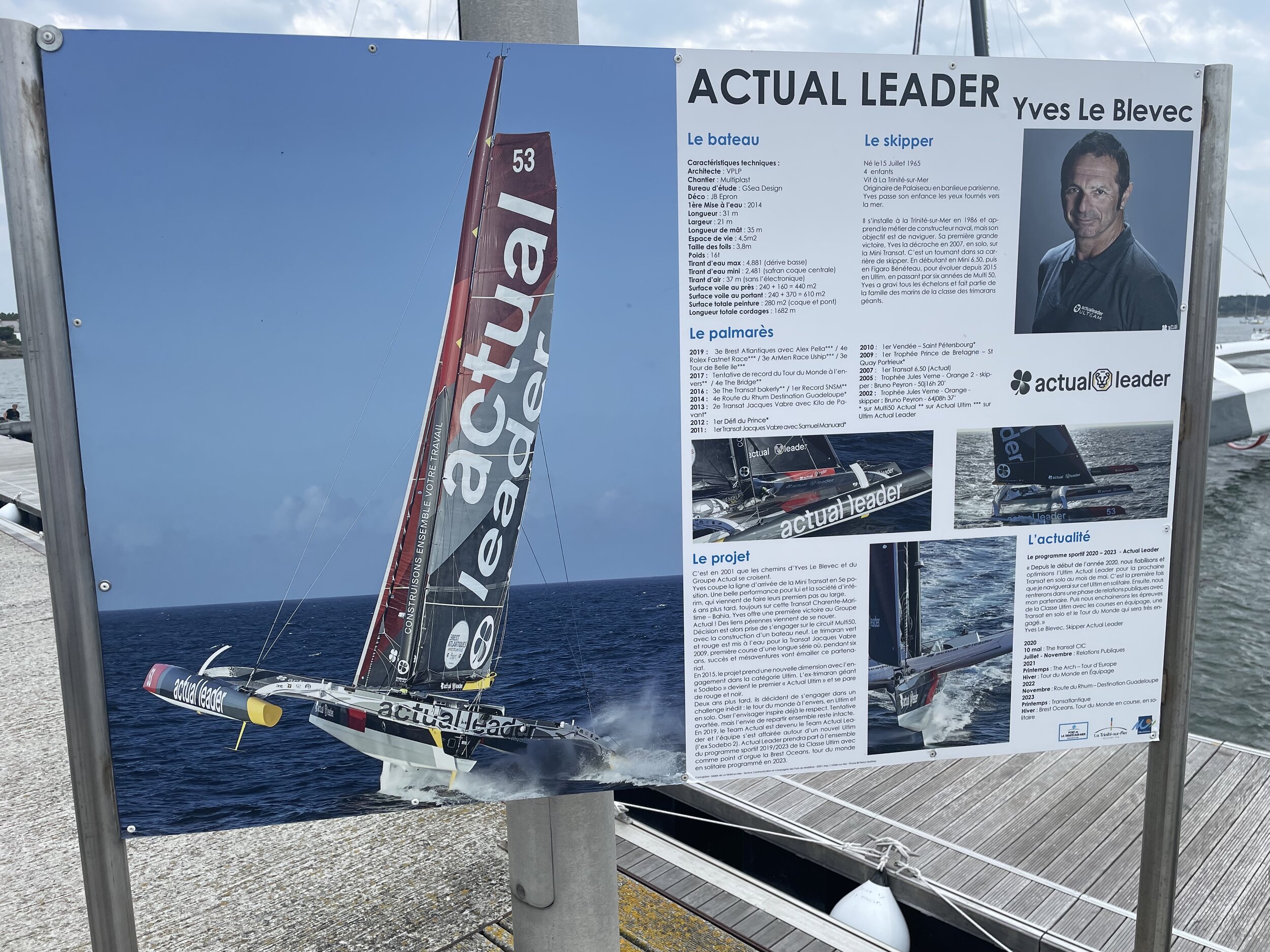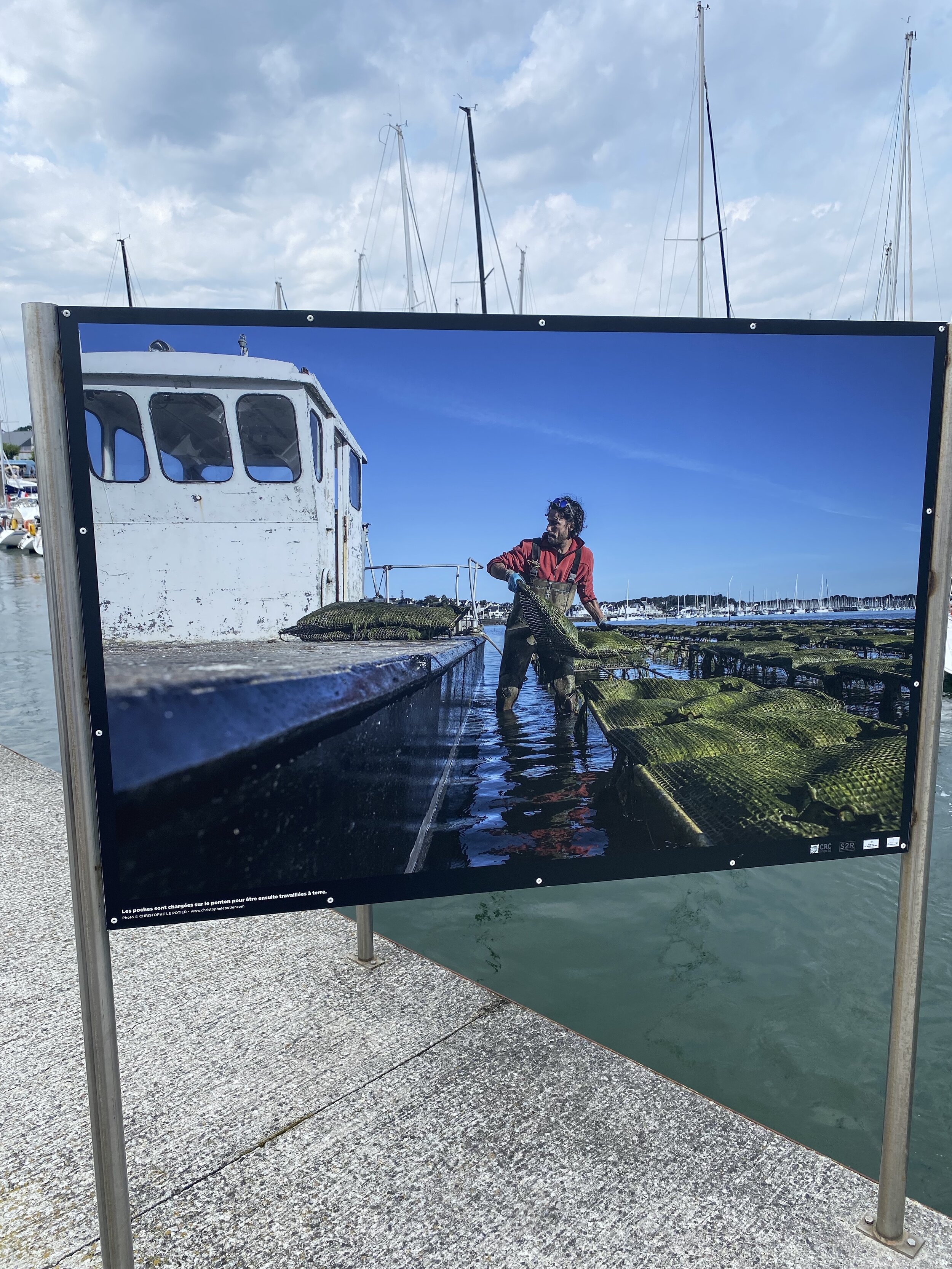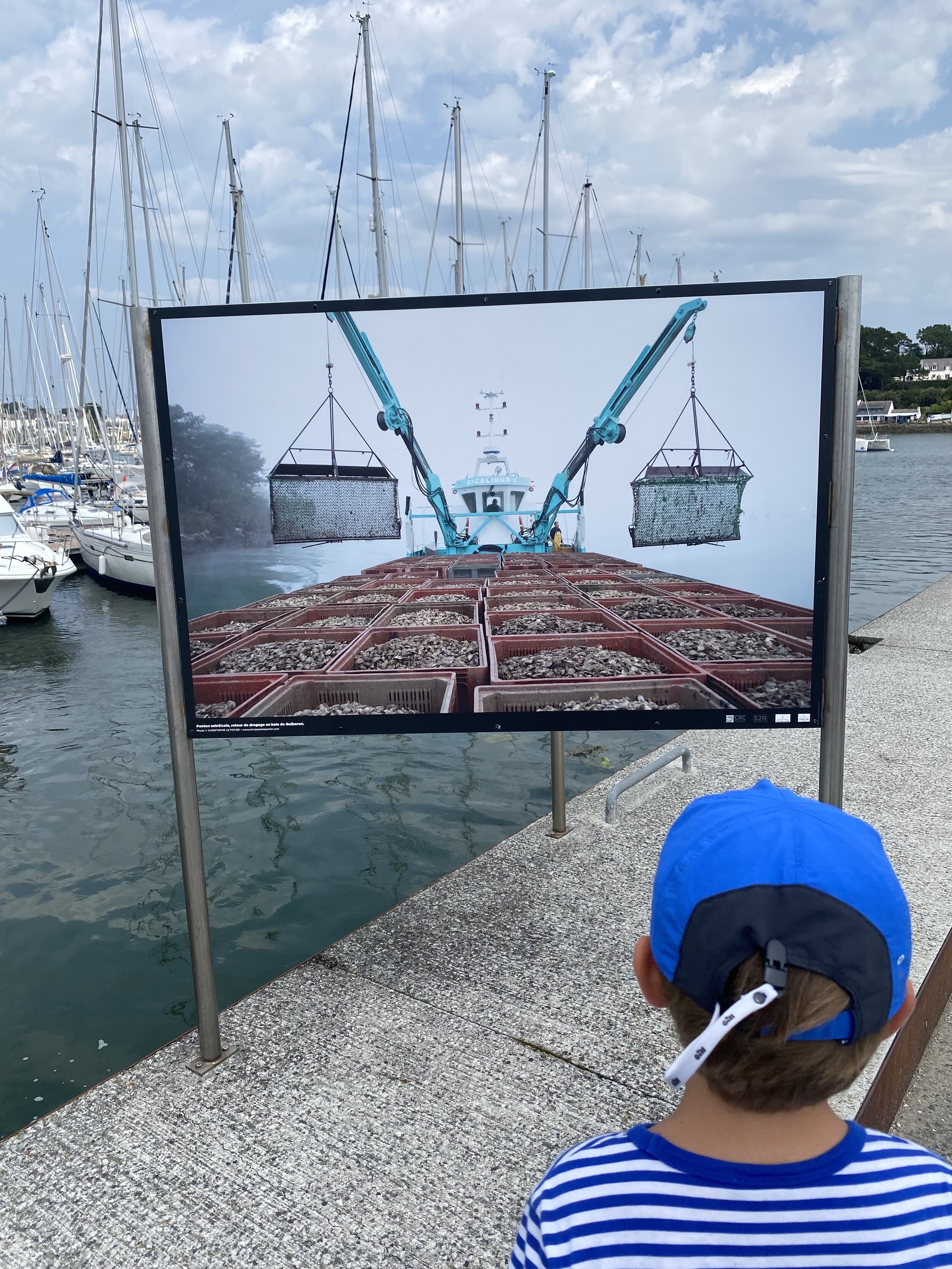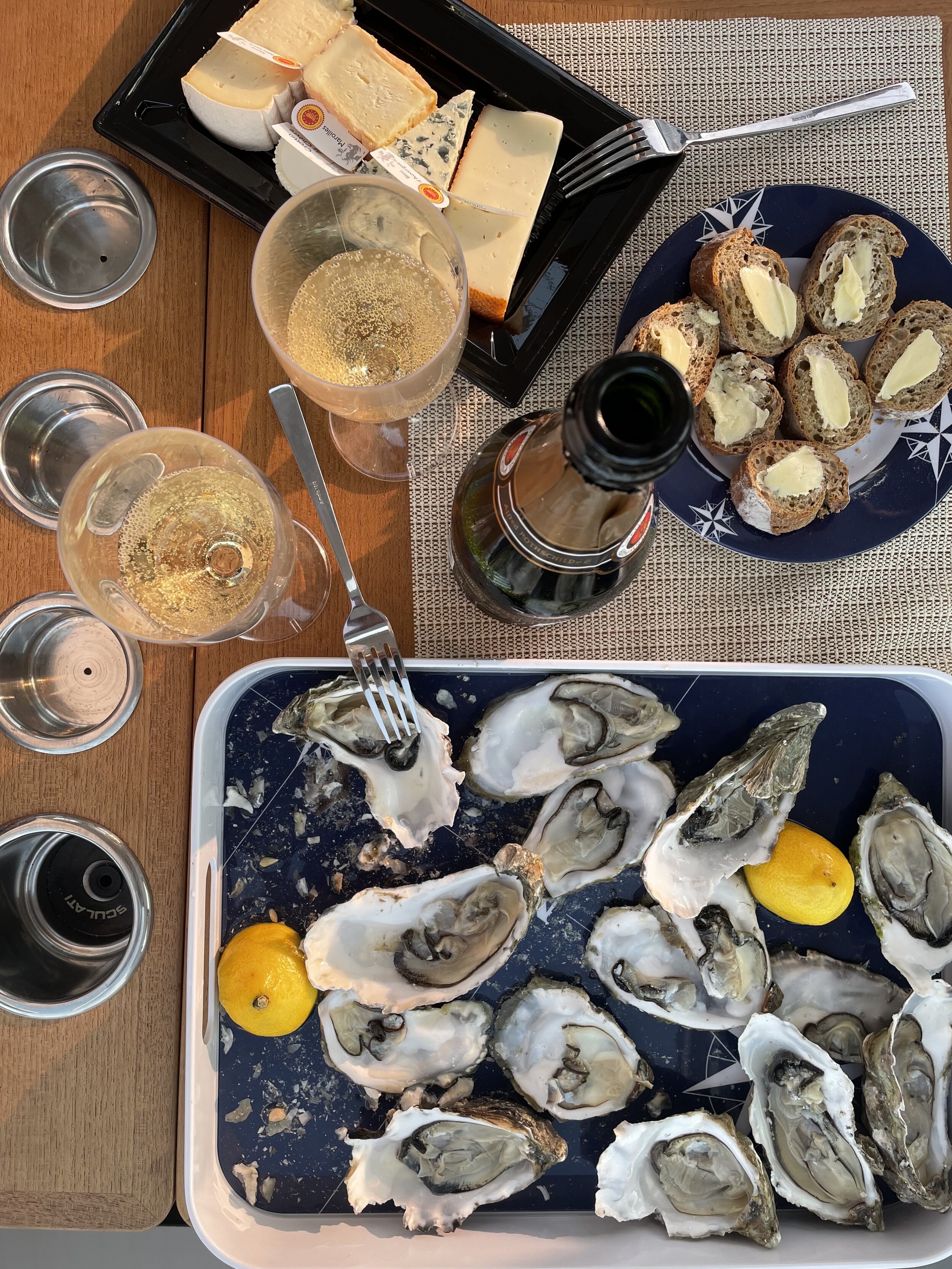Sailors & oysters
In July we left Prague and drove to the Atlantic coast to finally properly enjoy and test our new boat, Amel 50.
We spent 5 weeks sailing from La Rochelle to Morbihan bay and back. For us it was the first time we sailed on the European Atlantic side. In a nutshell I would only need two words to describe the first impression - sailors and oysters. True sailors and true oysters :)
Let's start with true sailors.
First, you really feel the power of nature here as the tides and currents are strong. The sea level rises or falls easily by 3-4 meters twice a day. When you are on a coast, it is very likely that you come to a great sandy beach in the morning, but the beach disappears in the afternoon as the ocean takes it for itself to return it back a few hours later. When you are on a monohull sailboat you need to count meters constantly to avoid touching the bottom with your keel. Our draft is 2,3 meters which is quite big for local conditions. So we had to carefully select marinas and anchorages.
Second, except for a few days we experienced wind all the time ranging from 10 to 35 knots. Which is great for sailing as you can go anytime and you can be sure you will not drink cuba libre on board. To have the full picture such conditions are usually accompanied with rain and relatively cold water (cold for central European geeks :).
There were days where we would not even stick our nose out, but these bloody Frenchmen and French Women did not pay attention. Any weather we could see guys in yacht jackets and trousers leaving the marina or anchorage to sail in Biscay. It was also for the first time when we heard so many PAN PAN around us.
The point is when you grow here you learn in one of the hardest weather and tide conditions, yet it feels normal to you. And you do not mind the cold water :).
No wonder that the most famous and prestigious around-the-world race is called Vendée Globe and starts here in the department of Vendeé, where it also finishes. Vendée Globe is a single-hand non stop around the world race, which means you are alone on a super fast, super sporty boat and you cannot touch the ground nor accept help from someone. If you do, you are disqualified. First race took place 1989-1990 and then every four years. Until now only French sailors from the Atlantic coast won.
But people here are also aware of the dark side of the ocean. Ocean is dangerous and can take life much faster than the sea. At one marina we came across a marble desk serving as a tribute to an unknown sailor whose body was found one day in the sea. It was impossible to identify him so they called him la petite mousse. Anytime we saw a boat leaving the marina, every crew member was carrying a life jacket. Such a difference to the Mediterranean.
To close this part you probably would not be surprised that it is a French Atlantic sailor who holds a record in the fastest circumnavigation around the globe - Francois Gabart. He cut Phileas Fogg's time to 42 days. We saw the boat, a trimaran with foil, at the Trinité Sur Mer where it is meditating on the sea like a futuristic giant. The average speed of the vessel was 27,2 knots, which equals approximately 50 km per hour. That is a speed sailboat!
So when you get enough waves, wind and salt on your face it is time to explore the local delicacy - oysters. If you do not eat them then either do not come here or start savoring them.
We love them but to enjoy them in Prague is quite costly and let's be honest, logistics does not add freshness.
Before coming to the northwest of France I did not care much about how oysters get on my table. So I wanted to fill the gaps and here are a few facts. Oysters used to be a food of poor people but as the demand for seafood in general was growing and oceans became overfished and polluted, oysters grew in price.
France is the biggest exporter of fresh oysters. However the biggest producer is China that produces oysters mainly for oyster sauce.
Morbihan bay and its surroundings covers 10% of total French oyster production. So the oyster farms are literally everywhere :) There are several ways how oysters can be farmed. First the eggs of oysters are fertilized in laboratory conditions. As they begin to grow and start growing the shell they are placed into open sea waters. They can be placed into metal cages or sacks that are put on trays. This is actually the farming stage you see all around in Morbihan - you need to watch for sticks in water on high tide and for cages on low tide to avoid these.
Once Michal went with Hugo on a dinghy to book us a visit to the Gavrinis island but did not take his glasses. They got exactly into the oyster field. Hopefully they maneuvered well out of it.
Oysters are grown from 18 to 30 months. The age is then used for labelling and pricing them from 1 to 5, lower the number bigger (=older) the oyster and more expensive.
There is a famous Oyster farm Gillardeau that even engraves a letter G on the shell to protect its hot product from being faked.
You also may have encountered milky oysters. Instead of clear water around the oyster in the shell when you open it you see milky water and the taste is a bit different. Originally oysters are “bi-sexual”. They change the organs between female and male. In the current politically over-correct environment this seems like a great solution :) But back to oysters. In summer months they are reproducing themselves and thus the milky taste. It is recommended not to eat these in certain months. Modern aquaculture is overcoming this problem by producing oysters that are not able to reproduce themselves so no milky taste anymore.
You can buy Oysters at a farm or fish market and bring them home. Then you need the Oyster knife to open them and sometimes the oyster glove comes handy. At home we even have an oyster opener we got as a gift from our friend, great Italian Chef of Casa di Carli. The least work is if you stop at some Oyster farm where the serving is usually simple but authentic. We witnessed several times that the farmer took out oysters from a little basin to serve. That is what I call a kiss of the sea. You can also visit some fancy Oyster bar where they usually offer you more types and more seasonings. The typical way is to serve them with salty butter and baguette and a piece of lemon. But there are other ways: vinaigrette made of vinegar and shallots, freshly ground pepper, tabasco or nothing :) For those with little time we have a tip for Oyster 24/7 delivery boxes - usually a small room at the Oyster farm where upon entering a credit card and selecting the box the shelf opens an you can grab the oyster box and take it home.
